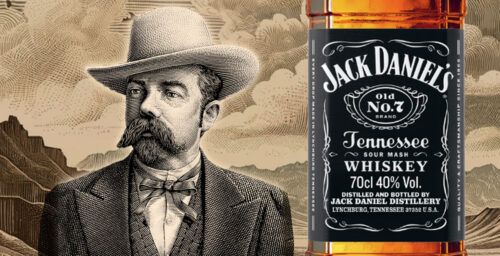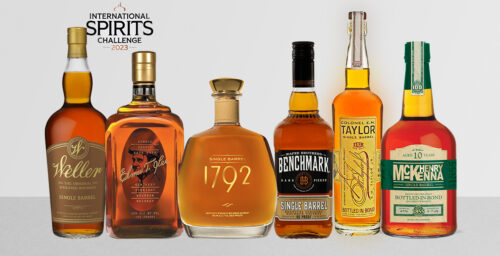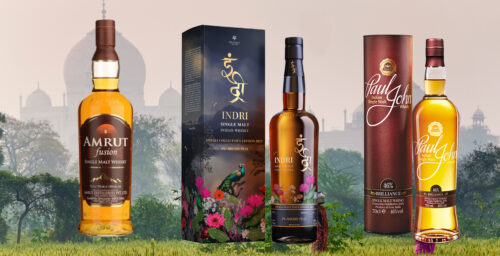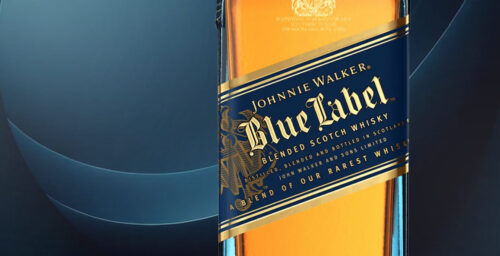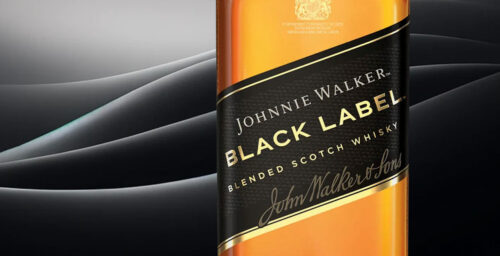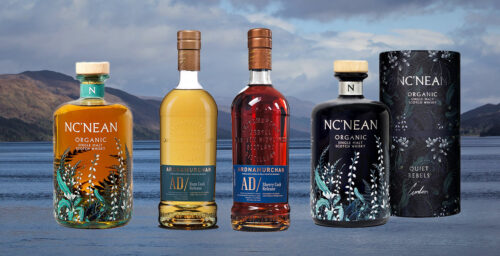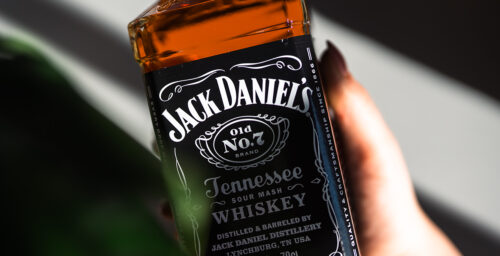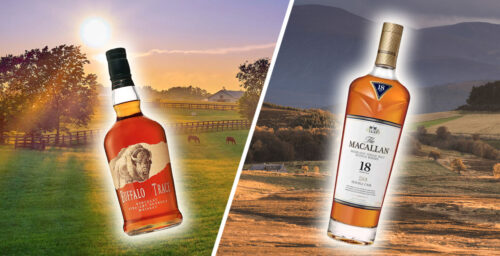Editor’s Note: This whisky was provided to us as a review sample by the party behind it. This in no way, per our editorial policies, influenced the final outcome of this review. It should also be noted that by clicking the buy link in this review our site receives a small referral payment which helps to support, but not influence, our editorial and other costs.
Scotch names can be confusing. Over the centuries that Scotch distilleries have been open, hundreds have been mothballed, closed, bought, absorbed, resurrected, renamed, etc… Take for instance the distillery of Tobermory on the Isle of Mull. The distillery started in 1797 under the name Ledaig, closed in the 1930s, re-opened in in 1972, was bought by Tobermory Distillers in 1979, closed in 1982, bought in 1993 and reopened, sold in 2002 but kept open, and now has two whisky lines: both Tobermory (unpeated) and Ledaig (peated).
Some have a less tortured past. Strathisla for instance is believed to be the oldest continuously running distillery, but only because it was used by London black marketeers during WWII. Some have an amusing past. The Glenturret? It’s the oldest distillery and was home for 24 years to a cat named Towser who caught 28,899 mice from 1963-1987, a fact which I couldn’t not share.
Bruichladdich? Well, no cat, but the distillery was built in 1881, was traded around, and now has three labels: Bruichladdich, Port Charlotte (which was a different distillery from 1829-1929), and Octomore (also a distillery that was operated from 1816 to 1852).
Bruichladdich, pronounced “Bru-kla-dee” (which means their “Laddie” release is the “bruk-ladee laddie”) is an Islay distillery, which are typically known for their peated single malts. Bruichladdich bucks that mold in that their “Bruichladdich” label is unpeated, though its two other labels are.
The whisky being reviewed today is the Bruichladdich Bere Barley 2013, 10-year-old expression that has been matured in a combination of first fill bourbon barrels and second fill Pauillac wine casks. Pauillac is a region of France which grows wine grapes and Bruichladdich is not specific on which varietal the casks are from. The name of the whisky comes from the type of barley used in its mash, the Bere barley. “Bere is probably the oldest cultivated barley, definitely in Britain and one of the oldest still in cultivation in Europe,” says Peter Martin, director at Orkney College. However, it is harder to grow, harder to mash, and has a lower yield than standard barley per acre. Bruichladdich thinks the juice is worth the squeeze.
In a 2019 interview, Christy McFarlane, the then communications manager at Bruichladdich stated that Bere barley has a “[f]ull-on flavour. I’m quite certain that, in a blind taste test, people would be able to tell the difference, even after a time in cask. There is this very unctuous, sweet, well-rounded quality to bere barley”.
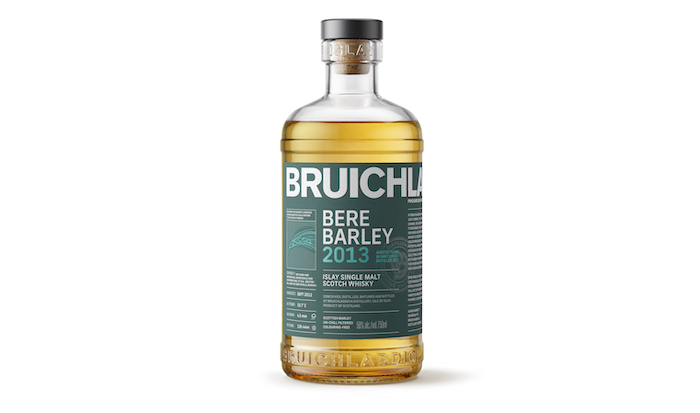
Tasting Notes: Bruichladdich Bere Barley 2013
Vital Stats: Vital Stats: Aged 10 years; Aged in first-fill bourbon barrels (80%) and second-fill Pauillac wine casks (20%); 100 proof (50%ABV); $139.99/750ml USD.
Appearance: Clear yellow, like sunshine filtering through water.
Nose: Lemon rind and peaches leap from the glass while genmaicha green tea bubbles up through it. Light coconut can also be found.
Palate: Forest moss and malt take charge, but the palate moves quickly to light thanksgiving gravy and buttery vanilla with sage. Light sandalwood and coconut roll to a finish of honeysuckle, cream, and a hint of cut grass.

